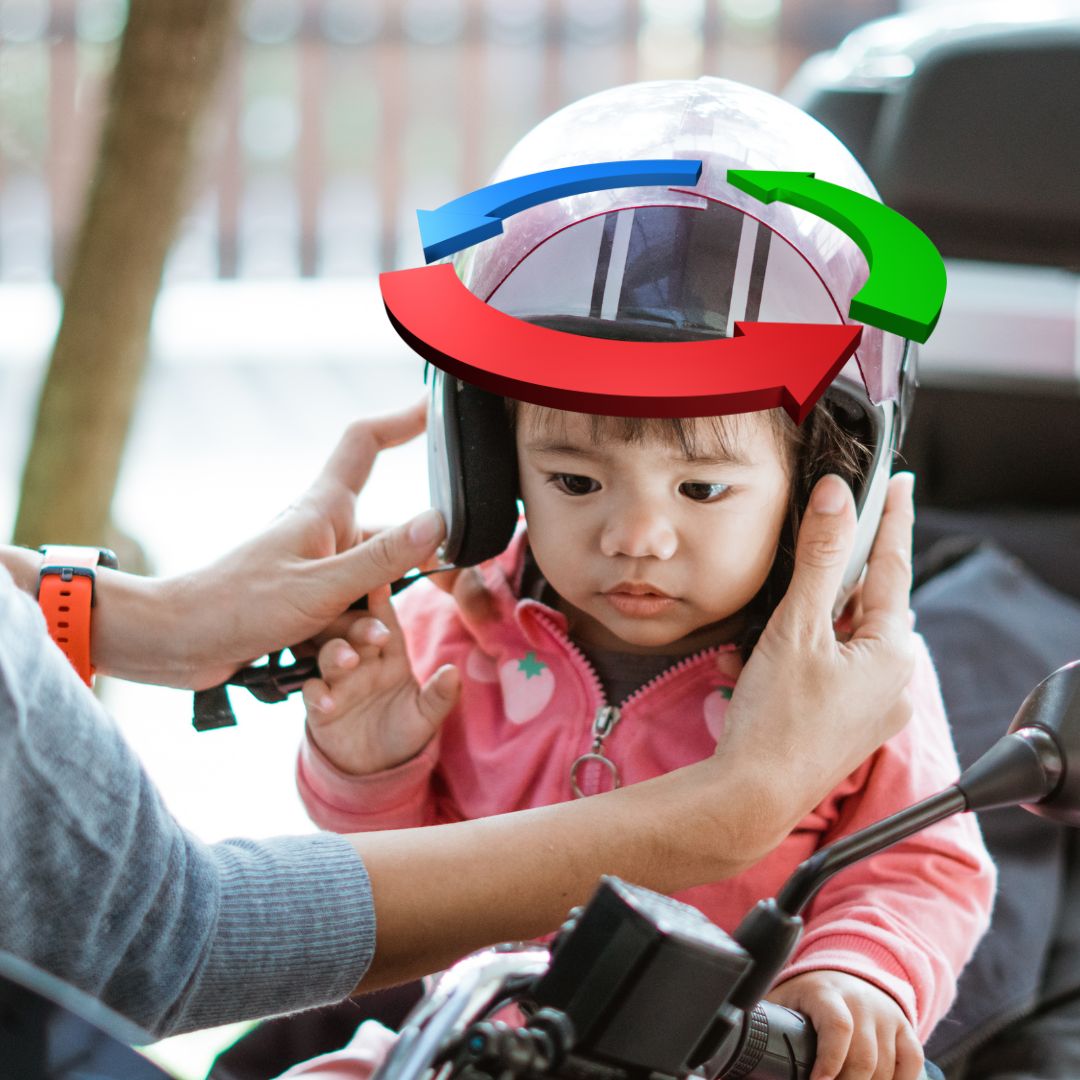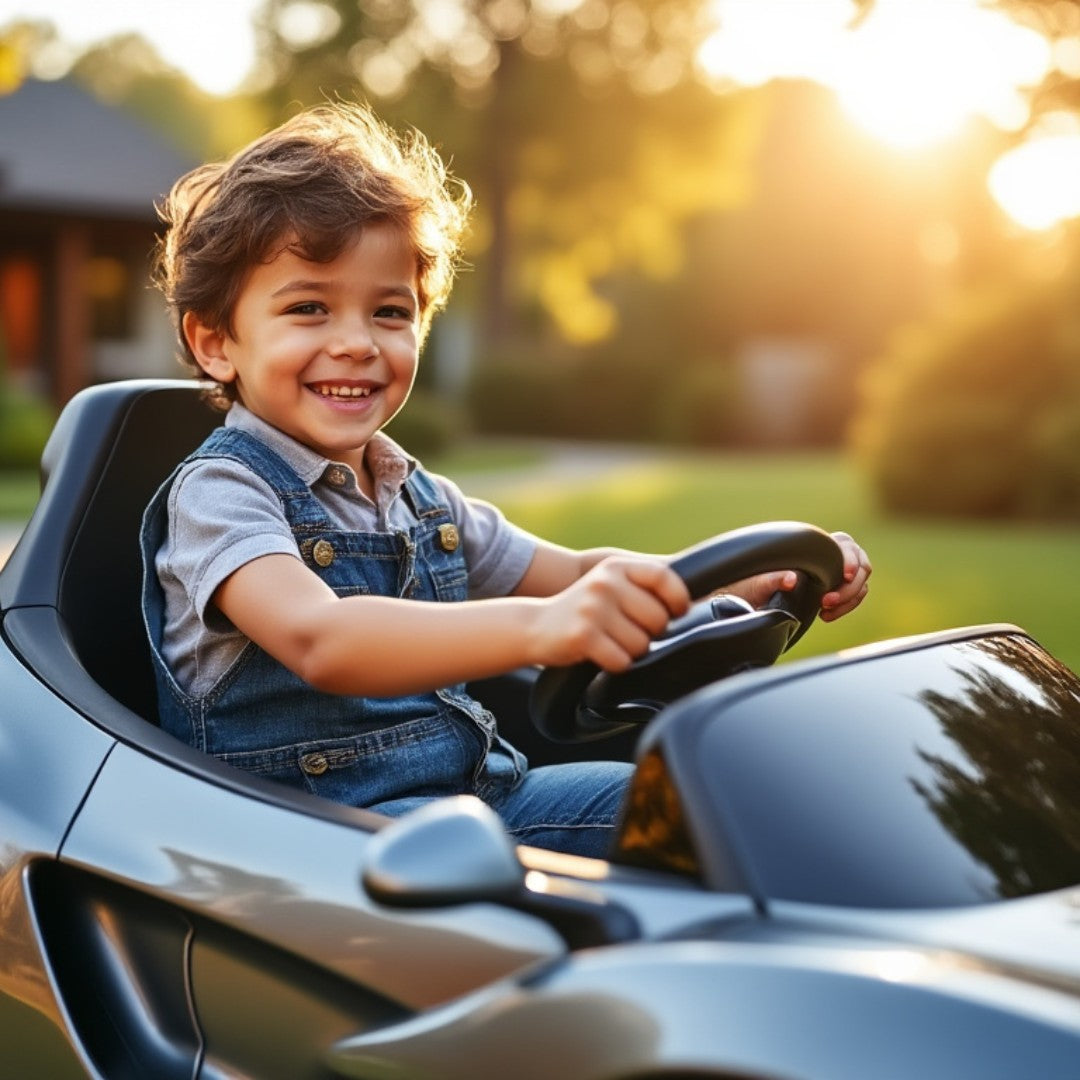
Updated: 25.4.25
Choosing the right time and the right bike to upgrade your child from a beginner to an intermediate motorbike is pivotal.
It's more than buying a new bike—it's recognising and supporting your child's growing passion, skills, and need for bigger challenges.
Handled correctly, this transition boosts your child's confidence and deepens their love for riding.
Factors to Consider When Upgrading Your Kid’s Motorbike
1. Age, Height, and Skill Level
Assess your child's age, height, and skill level carefully. A poorly sized or mismatched bike can hinder progress or cause fear.
2. Right Size Bike
Comfort equals confidence. Ensure they can touch the ground easily and reach the controls comfortably.
3. Top Brands and Models
Choose reputable brands like Honda, Yamaha, Kawasaki, and KTM, which design bikes specifically for young riders transitioning to intermediate models.
Riding Tips and Tricks
1. Basic Controls
Mastering the clutch, throttle, and brakes is critical before advancing to complex manoeuvres. These skills form the base for all future riding.
2. Dirt Bike Tricks
Introduce beginner-level dirt bike tricks such as small jumps to boost skills while keeping safety in focus.
Safety and Maintenance
1. Teaching Kids to Ride Safely
Prioritise proper throttling, braking, turning, and always enforce wearing helmets, gloves, jackets, and boots.
2. Maintenance and Upkeep
Teach your child to maintain their bike: clean air filters, oil chains, and replace brake pads. It builds responsibility and bike longevity.
Key Differences Between Beginner and Intermediate Kids' Motorbikes
Skill Development and Terrain Handling
Intermediate riders are comfortable across various terrains and ready for bikes built for more sophisticated riding techniques.
Bike Power and Control
Intermediate bikes offer greater power and complexity, matched to a rider's growing strength and control skills.
Age and Physical Capabilities
Beginner bikes typically suit 5–6-year-olds; by 7–10 years, kids often need 65cc–85cc engines and bikes better aligned with their physical growth.
Most Important Factors When Upgrading
Physical Growth and Skills
Upgrade if your child outgrows their bike physically or outpaces its capabilities with their skills.
Budget and Safety Gear
Factor in costs for updated safety gear—helmet, boots, pads—as well as ongoing bike maintenance and potential courses.
Wheel Size and SmartStart Tech
Larger wheels offer better stability. SmartStart tech allows for growth-adjustable settings, making the bike last longer.
Electric vs. Petrol Motorbikes
Electric bikes offer easy balance and beginner confidence, while petrol bikes often deliver more power and long-term challenge.
Conclusion
Upgrading from beginner to intermediate bikes isn't just about the equipment—it's an emotional and skill growth milestone.
Choose a bike that fits your child's body, skill, and enthusiasm to ensure their ongoing love of riding.
FAQs: Upgrading from Beginner to Intermediate Kids Motorbikes
What age is right for an intermediate motorbike?
Usually between 7–10 years old, but skill, size, and confidence are the real indicators, not just age.
How can I tell if my child is ready?
Signs include outgrowing their current bike, confidently handling maneuvers, and a desire for new challenges.
Is it okay to move straight from a balance bike?
Not recommended. A gradual progression through beginner motorbikes ensures a safer, skill-building journey.
What safety steps should we follow?
Invest in new, appropriate safety gear and consider advanced riding lessons. Always supervise practice sessions.
Get in Touch 🚀
Loved our guide on “Upgrading from Beginner to Intermediate Kids Motorbikes”? Dive deeper into the world of ride-on toys!
Chat with our team or visit RiiRoo.com for expert advice.







Share:
Advanced Motorbike Riding Techniques for Kids
Here's Why Your Kids Ride on Car Might Be Going Too Slow